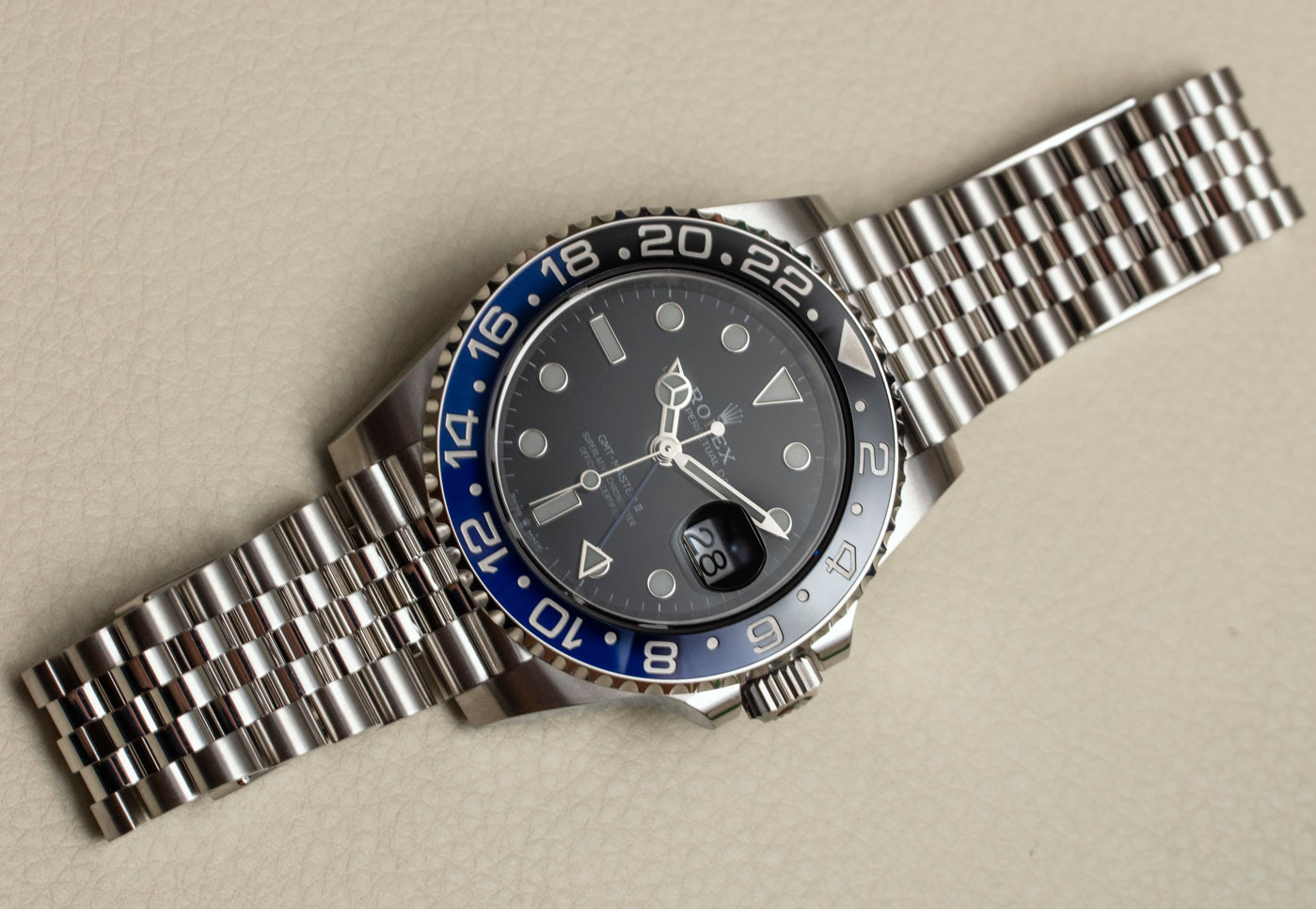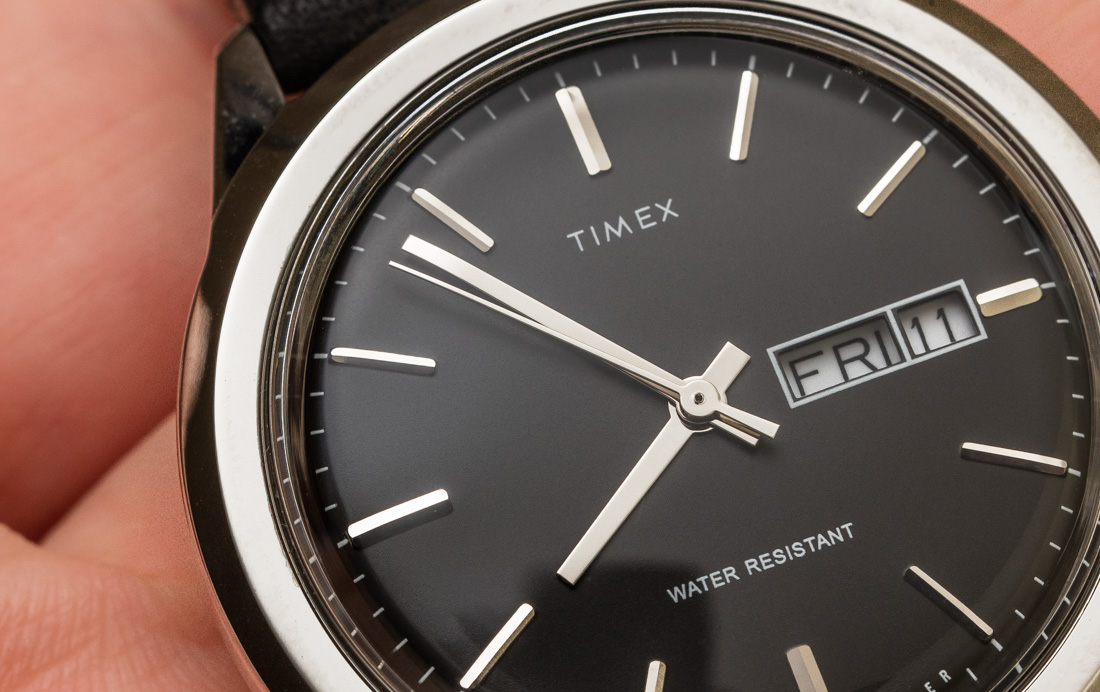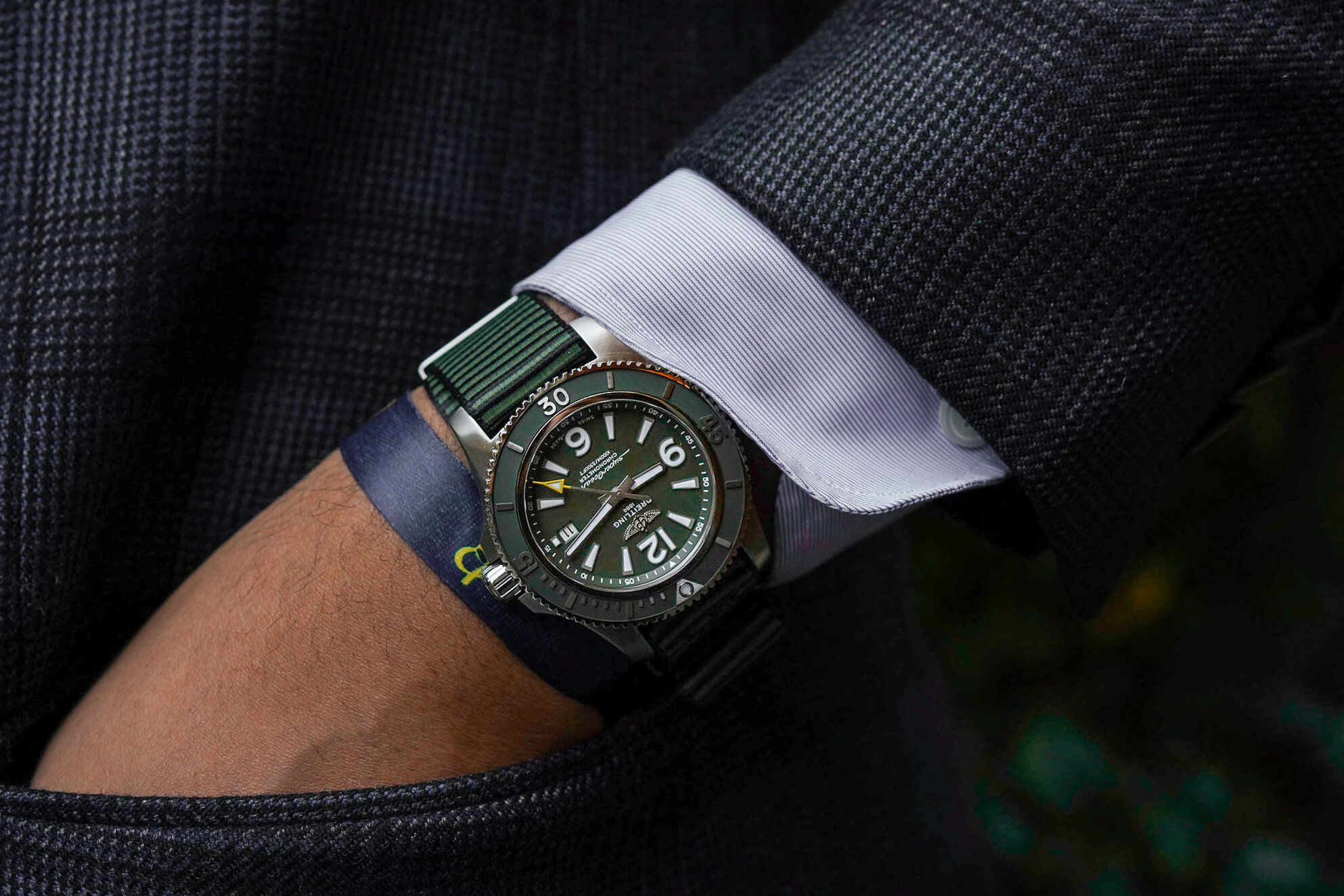
aBlogtoWatch is, first and foremost, a publication for wristwatch enthusiasts and consumers. It isn’t, however, possible to truly cover the world of timepiece products without discussing the general watch industry’s status and the global economy, which has numerous implications for not only what types of watches are popular, but also what types of new watches are produced. In this article, I will try to summarize my predictions about which watches people will be buying in 2020, as well as general trends the watch industry will see for at least the next 12 months.

To begin, let’s discuss the general state of the watch industry. For most of the larger, established watch brands, 2019 (and 2018 before it) called up the full range of emotions, from unexciting to terrifying. Despite what some published numbers suggest, growth was mostly negative or anemic, and investor confidence greatly suffered as a result. That means corporate group-owned brands had revenue outlooks slashed and investment into marketing and R&D cut as a result. Most brands had large reductions in staff and advertising was diminished or eliminated altogether. The reasons for all of this would be best covered in a book, but the result has been what consumers see as far less activity from major brands, and many brands once interested in global sales reverting to a state of relative hibernation.
Let me give you one example of how this all tied together in 2019 using the case of Hong Kong. This once incredibly powerful market for luxury timepieces has been hit with a few massive punches over the years that have global implications. This didn’t start with the ongoing democracy protests in the city but actually began a few years ago when mainland China decided to stop allowing consumers to enter into the country with foreign-purchased luxury goods without paying a VAT. Hong Kong was a popular shopping destination for mainland Chinese citizens who would come to the city to purchase a large number of goods including luxury wristwatches. The VAT in China is (based on my most recent recollection) 60% on luxury timepieces. Consumers clearly want to avoid such a tax, so they would leave mainland China to purchase watches — and Hong Kong was a natural destination. Given that choice of products is so great in Hong Kong, prices for wristwatches were fantastic — until the VAT laws changed. Then, China required that consumers report goods when re-entering the country and pay the VAT, else face a very steep fine.
Hong Kong no longer sold as many watches because the tax incentive to do so was eliminated. Prices for wristwatches shot up because of a new era of smuggling, which saw “mules” moving luxury timepieces into China from Hong Kong, to consumers happy to pay retail price plus a fee in order to avoid the 60% VAT tax. Thus, before the protests, which curbed so much shopping in Hong Kong, the watch industry — so traditionally reliant on China in recent years — started to face serious economic issues for its greatest market. Then the protests began… Statistics vary on how much of an impact they had, but luxury sales for wristwatches in Hong Kong during 2019 were down something like 50-75%. This economic impact of this decrease in demand and sales hit Switzerland (and surrounding countries) like a wrecking ball.
Other than China, a generally poor global economy meant that the luxury watch industry could not simply shift its attention to another growth market and enjoy sales to “new money” consumers in a different part of the world. New money economic zones are few and far between, these days. Faced with uncertain costs and obligations related to climate change, tariffs, and government instability, corporations around the world are not spending money. That stifles the economy and means that your average consumer has less income and far less disposable cash to spend on luxuries such as watches.
What this means is that the old adage of someone doing well for themselves and then going to purchase a luxury timepiece they feel expresses who they are, is a far less common occurrence. Interestingly enough, demand for watches as status symbols remains high. In general, demand for wristwatches remains high, but the practice of selecting them, buying them, and owning them in 2019, 2020, and beyond is markedly different than it was just 5-10 years ago. Recently, I discussed this shift in consumer behavior when demonstrating how people are moving from watch purchases designed to celebrate themselves, to purchases designed to enhance perception of status.
In-Demand Watches Will Not Necessarily Be Easier To Get & Consumers Still Won’t Know About Enough Alternatives
When people buy watches because they want to promote a sense of personal status or success, they purchase less original watch choices. This is because a major aim of wearing a luxury watch is visibility and less about individual expression. The best manifestation of this is the incredible popularity surge for Rolex. Rolex spends heavily on global marketing initiatives designed to inform a world audience that wearing a Rolex watch means you are successful. Consumers eager to communicate that they are successful (authentically, or not) will choose a watch that onlookers will tend to recognize. So, a popular brand will beat out an original choice in today’s status-seeking economy.
Popularity around Rolex watches has likewise increased demand for them, and Rolex has specifically chosen not to increase supply. This is because Rolex, probably wisely, understands that we are in a demand bubble and that simply producing more of the popular Rolex watches will create a form of inflation that, over the long haul, will diminish, not increase the value of its products. From an economic standpoint, this is odd behavior if you are trying to sell mere products. Rolex isn’t doing that. To better understand Rolex’s mentality toward production and demand, it is better to think of Rolex products more as a currency. When viewed in this light, you can see that, despite Rolex being able to make more money in the short-term, the longer-term effects of producing more watches will have an inflation effect.
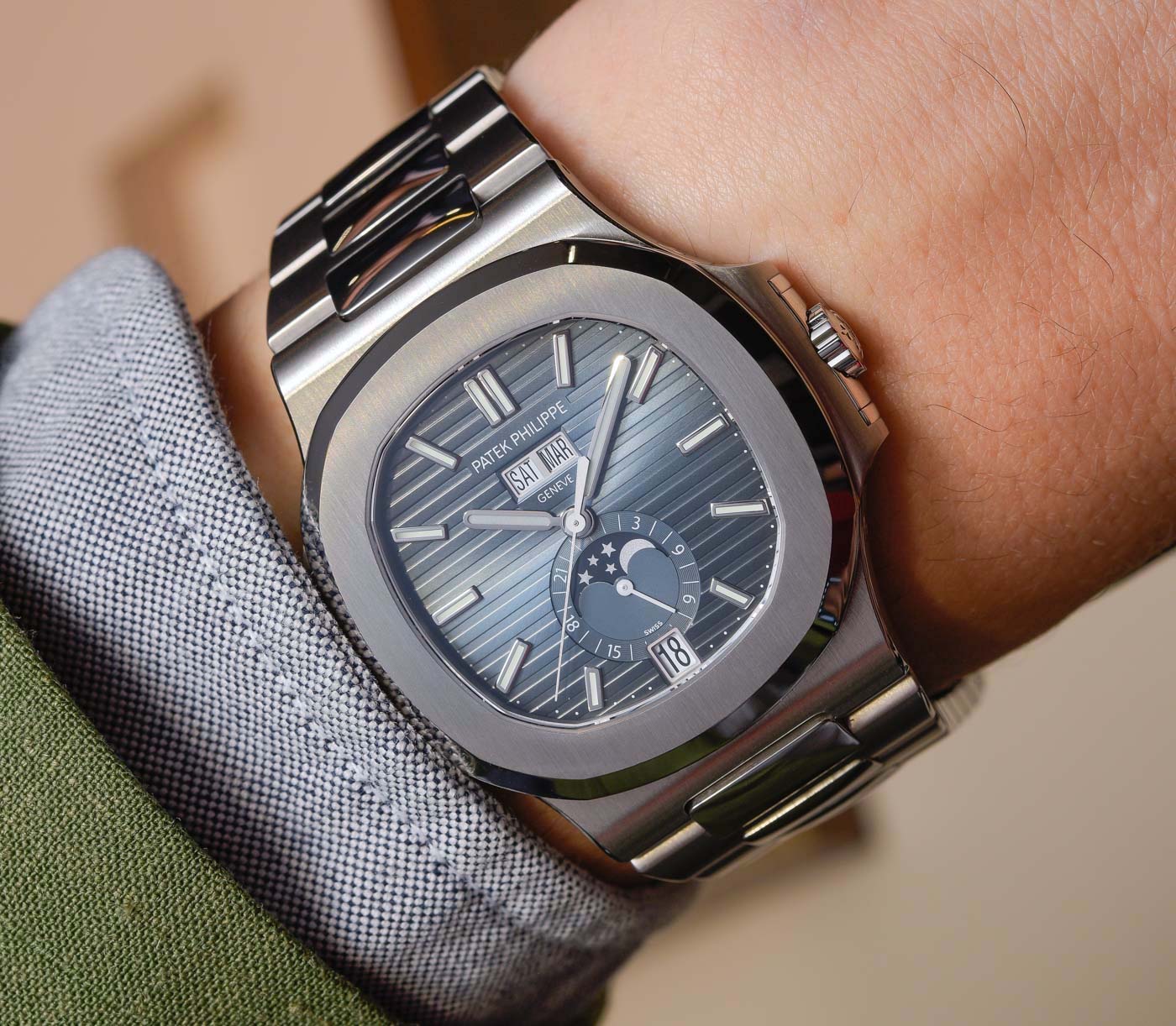
Rolex has angered large swathes of consumers who would like to purchase one but can’t find the one they are looking for in a store. For many consumers, 2019 has been marked as the year they could not get the watch they wanted. I’m not sure that is going to change. The irony (as I’ve written about before) is that, while Rolex and some models from other brands such as Patek Philippe, Audemars Piguet, F.P. Journe, Richard Mille, etc. are very difficult to get, huge inventories of other watches are available with comparatively no demand and low prices. Why have consumers interested in a good watch not focused on the available timepiece products priced with attractive discounts? In short, a marketing deficit.
It takes a very knowledgeable consumer to evaluate one timepiece versus another in a marketing vacuum. That is, in the absence of thought-leaders or advertising not telling them how to evaluate the product or appreciate it, the consumer does not know how to make a decision. That’s totally understandable, as it takes sometimes up to a decade of hard work and experience for a serious timepiece enthusiast to measure one product against another. Most consumers buy what is advertised to them. In the absence of traditional advertising, social media and other pseudo-communal opinion aggregators (again, authentic or not) take the place of advertising. It isn’t that advertising isn’t powerful (because it is), but consider what I said above about how watch brands have been rapidly (and unwisely) decreasing marketing budgets. This has vastly eroded the global engine which created general luxury watch demand.
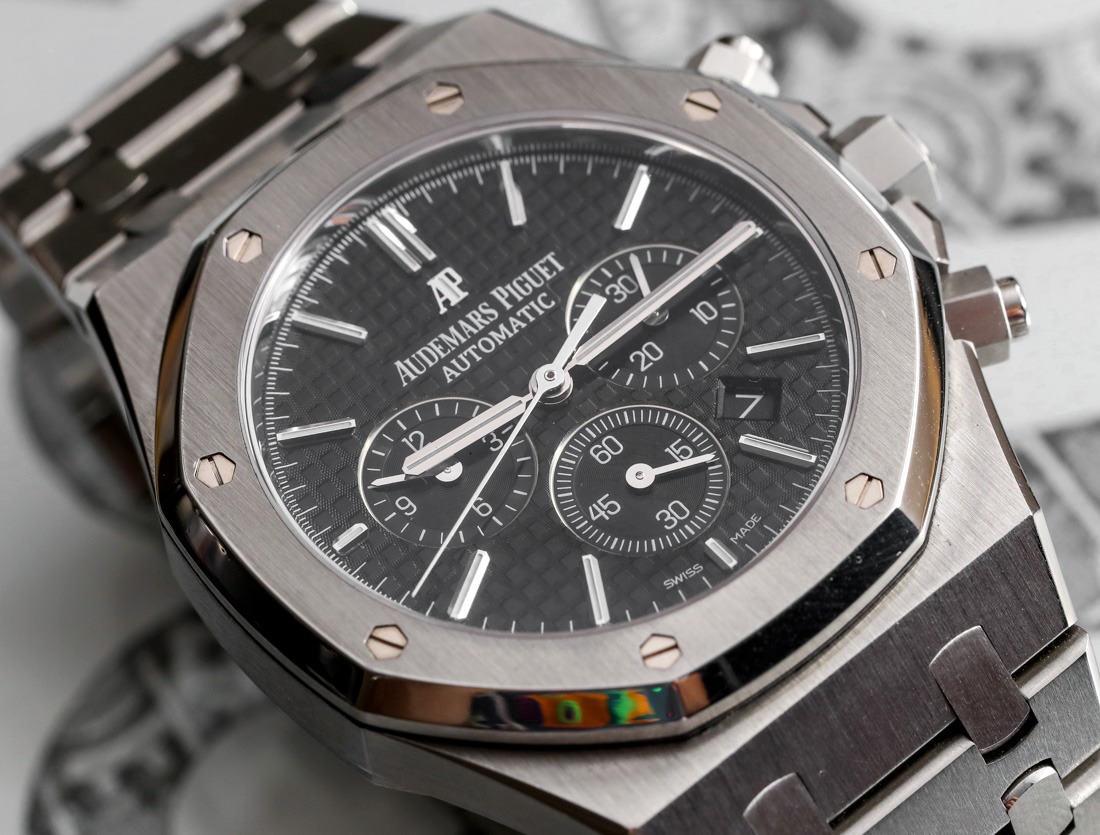
Taking its place is the more free-form and seemingly organic “viral engine” of social media. This relies on bubbles of popularity coming from seeming taste-makers or trend-setters. For the most part, the best examples of how this has helped watch brand marketing has been accidental for the brands involved. A celebrity happening to buy a watch and then sharing it with their fans isn’t always something a brand can control. Try they have. Failed they have, as well. In 2020, I predict that more and more watch brands will begin to learn that social media marketing is a consumer manipulation gamble of the likes traditional advertising could never aspire to be. You can “lose your shirt” extremely fast when it comes to expensive social media advertising (the many forms of it), even though there continues to be a perception that it is easier, cheaper, and more effective than traditional advertising. What Switzerland is starting to learn is that stable, ongoing business practices for a professional luxury brand requires stable, professional advertising and marketing solutions. 2020 will start to see a massive diminishing in influencer marketing and other manipulative advertising practices that brands in 2018 and 2019 saw as some holy grail to avoid traditional marketing and advertising expenses.
Most consumers don’t need to bother themselves much with the above problems because they could care less about the health of most luxury brands. They simply want cool products that make them feel good, products by trusted, stable brands. My point of bringing up the above discussion about watch brand marketing is because it helps explain what many consumers view in the course of their research about timepieces. Why one brand may be seeking their attention on social media versus why another is quiet there has nothing to do with product appeal or demand, but rather on whoever is at the helm of marketing decisions at that brand. To have the best purchase experiences in 2020, watch consumers will have to actively ignore or repel manipulative marketing practices (most on social media) and rely on their own good taste and opinions to discover those watches that will appeal to them.
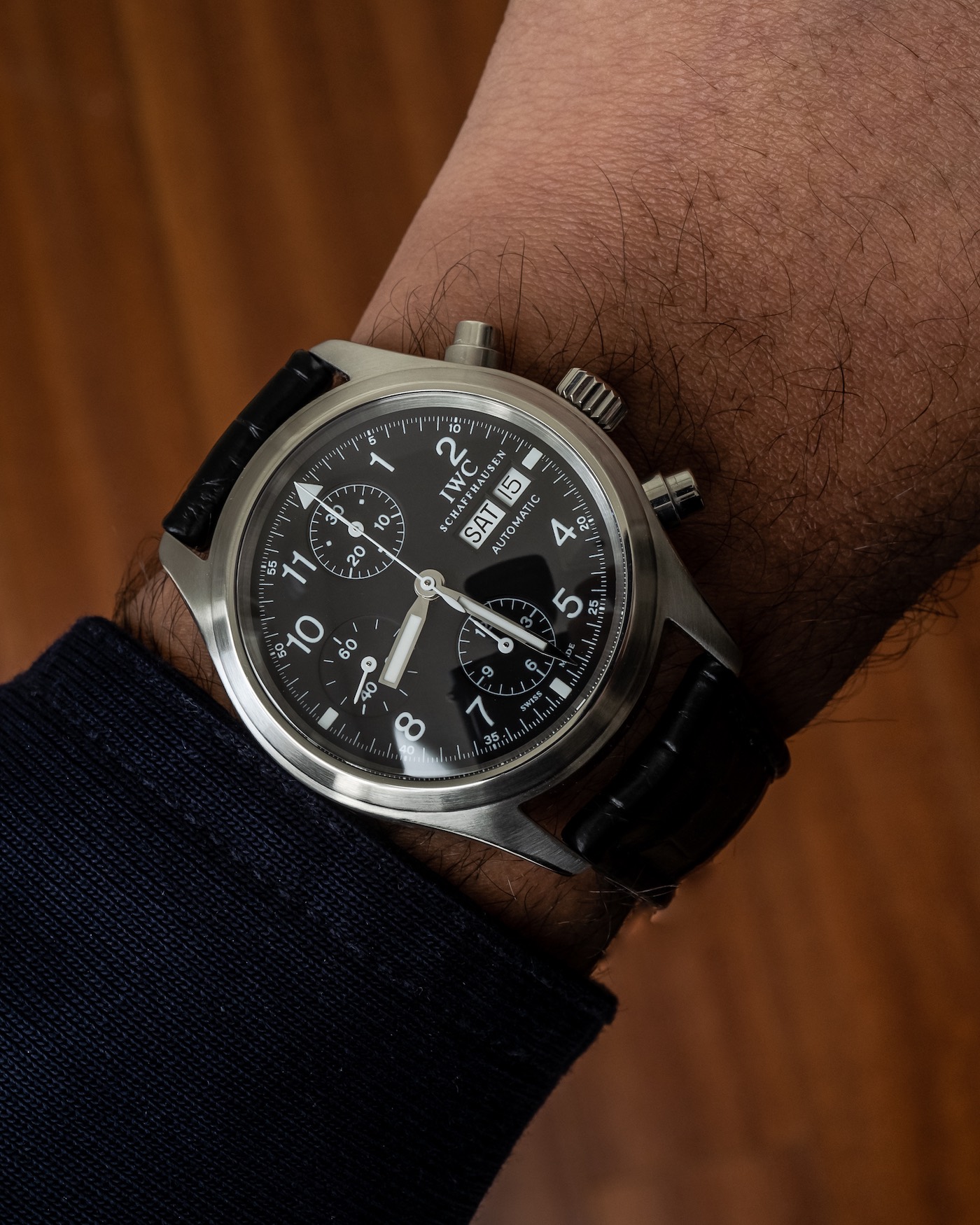
The Changing Face Of Pre-Owned Watch Sales
The popularity of Rolex watches (and a few others) has also done something else to the watch market, and that is change the face of the pre-owned category. A few years ago, “pre-owned” probably meant a new watch that was sold outside of an authorized dealer and was labeled “pre-owned” so as not to anger brands who don’t want to see their brand new watches being sold at steep discounts online. Today, more and more of the watches labeled as “pre-owned” or “used,” actually are.
Pre-owned is the biggest growth area in the watch industry for a few important reasons; one of those reasons is that the connecting power of the Internet allows for people with someone to sell and people who want to buy that item to connect easily. In the past, people didn’t sell their unwanted timepieces because doing so was a challenge. 2020 will see more and more sophistication when it comes to helping consumers off-load watches they want to sell or trade. What is even better for the watch industry is that most of the time, when a watch collector wishes to sell a watch, it is so that they can afford another watch.
One of the most interesting areas of watch consumer psychology I began to study in 2019 is what I call watch-collection threshold levels. The idea is that, at some point, watch collections get so large in number that the collector feels it necessary to downsize before adding more watches to their collection. What doesn’t happen as much these days is a consumer simply buying more and more watches with unworn watches sitting in drawers. I suspect that consumers get a sense of cognitive dissonance when their collections get to a certain size threshold, at which point the consumer is more interested in “refining” their collection as opposed to adding to it.
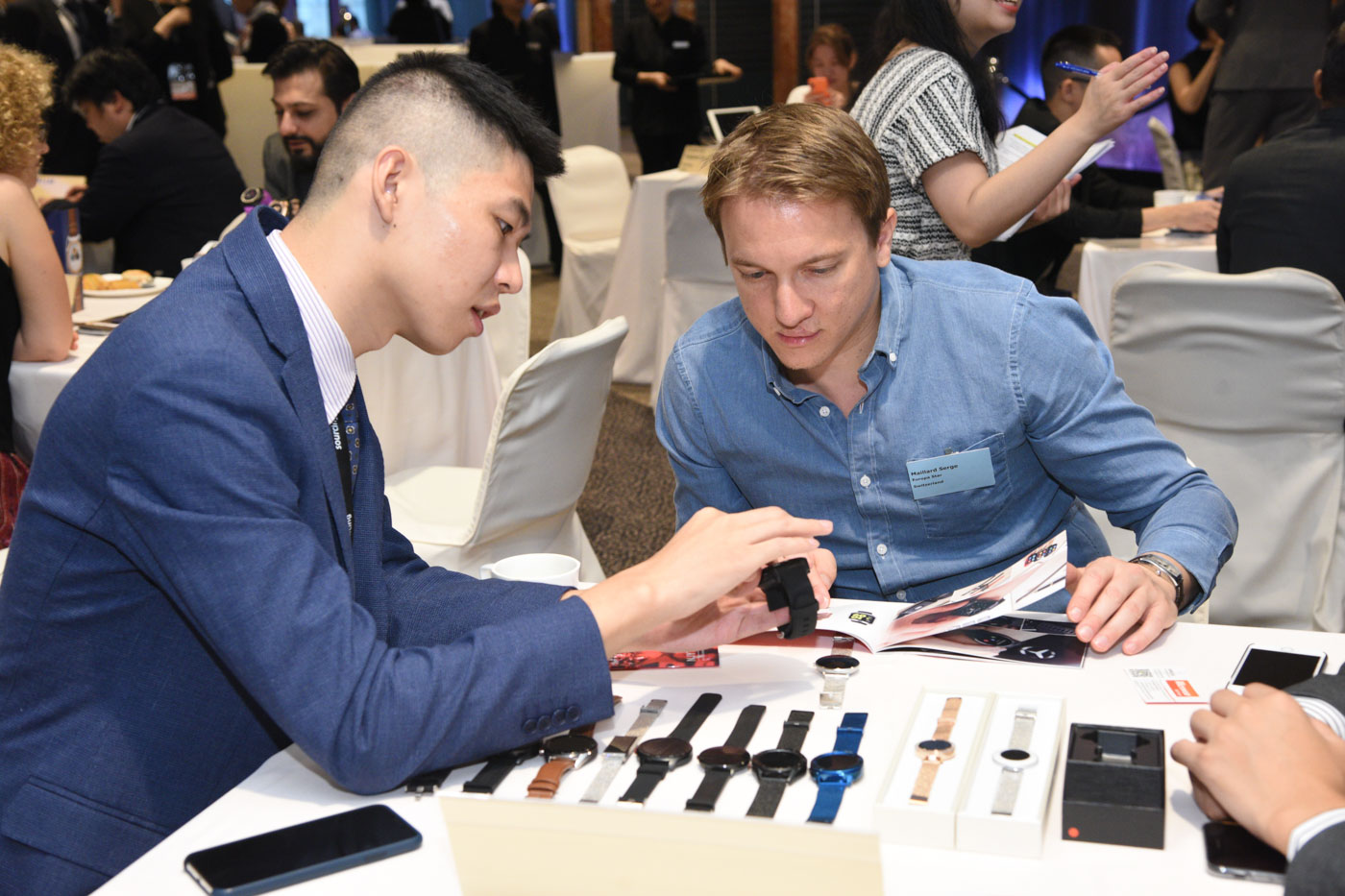
My estimate is that the collection size threshold for most consumers is between eight and 30 watches. Once that threshold is exceeded, the consumer will want to remove watches from their collection before adding new ones. Pre-owned watch retailers interested in both acquiring pre-owned inventory and selling watches (new or used) to consumers can make valuable use of this information.
2020 is probably the year pre-owned watches will go mainstream. Even though pre-owned has been quietly gaining traction over the last few years, I believe that 2020 will see not only major breakthroughs in pre-owned watch retail but also in battles among organizations with big money to throw at the success of the pre-owned market. I suspect that, sooner than later, the “major” names in pre-owned watch sales online will begin to fight with one another for valuable consumer attention, reputation and, of course, sales activity.
New watch sales will continue to suffer somewhat against pre-owned watch sales for one very important reason. That reason is related to the fact that your average luxury wristwatch has a life cycle that can extend beyond even the second and third owners. It used to be that luxury items only had one owner — which was great for the sale of new products. When the Internet started to connect consumers with other consumers who had used luxury items for sale, it immediately changed the game for luxury. Until only recently, however, buying a pre-owned luxury timepiece was an exercise for experienced consumers only. It was simply too easy to pay too much for an item in not great condition. What the professionalization of pre-owned watches retail has done is to increase consumer confidence by establishing systems of checks and assurances to the pre-owned purchase experience. This has accordingly increased prices because each time a pre-owned watch is sold through a middle person, there is a respective margin that person or company needs to take. The real golden era of pre-owned will be when consumers can more seamlessly trade pre-owned watches with peers (versus retailers), but that will not happen until after 2020, most likely.
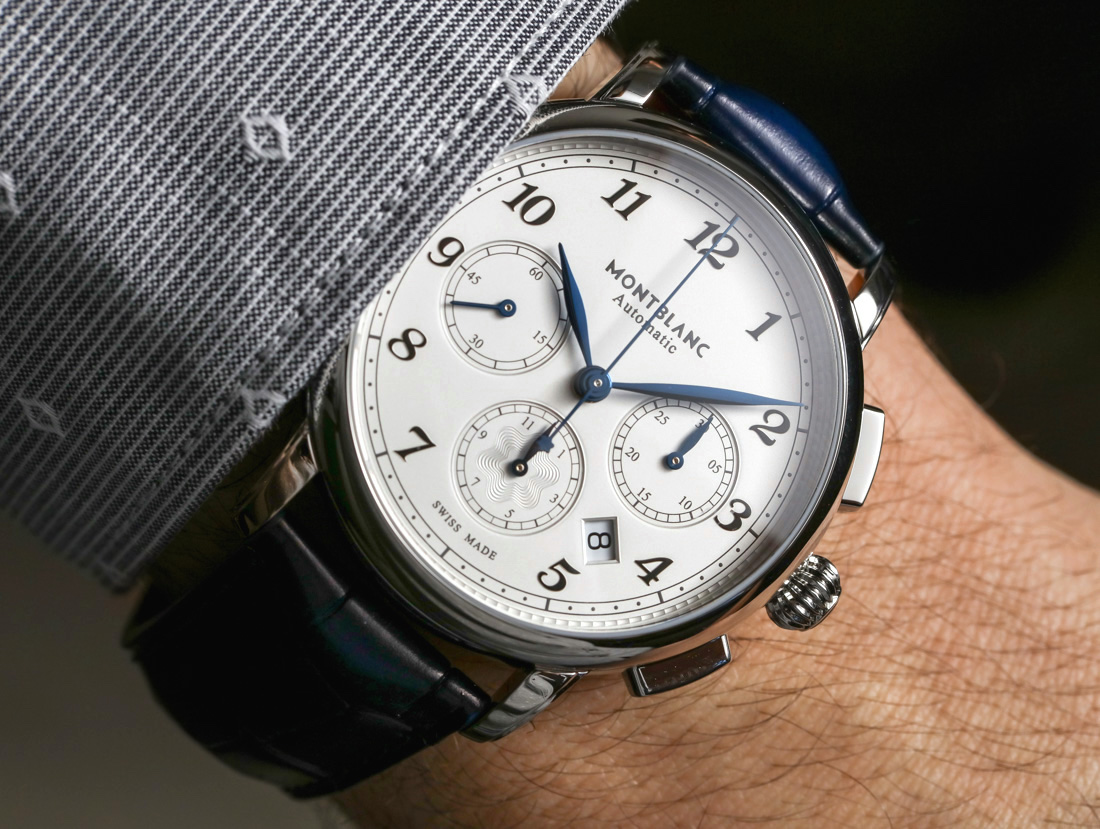
As it stands, consumers are seemingly willing to pay handsome premiums for “checked” pre-owned watches that are still priced under original retail prices. This detail has been negatively skewed by the fact that some pre-owned watch retailers are also speculators who are pricing particularly hot watches for above retail prices (and claiming that the “market” sets the price, not them — hogwash, if you ask me). It is MSRP which should suggest prices for consumers, not greed.
New watch sales will suffer because consumers who might otherwise purchase a new wristwatch will opt for a pre-owned one, when available. This has proven to be correct in the markets of most other goods, and will accordingly stand true with luxury timepieces. The big question for me is how much more democratized pre-owned sales will get in 2020. As it stands, the system of margin only works for watches priced at a few thousand dollars and above, meaning that retailers aren’t going to make enough money by purchasing, checking, listing, and retailing a watch that they can only charge $500 for. Pre-owned watch retail is here to stay, but as a frontier, there is still so much to be explored, experimented with, and established in this important area of commerce for the watch industry, today.
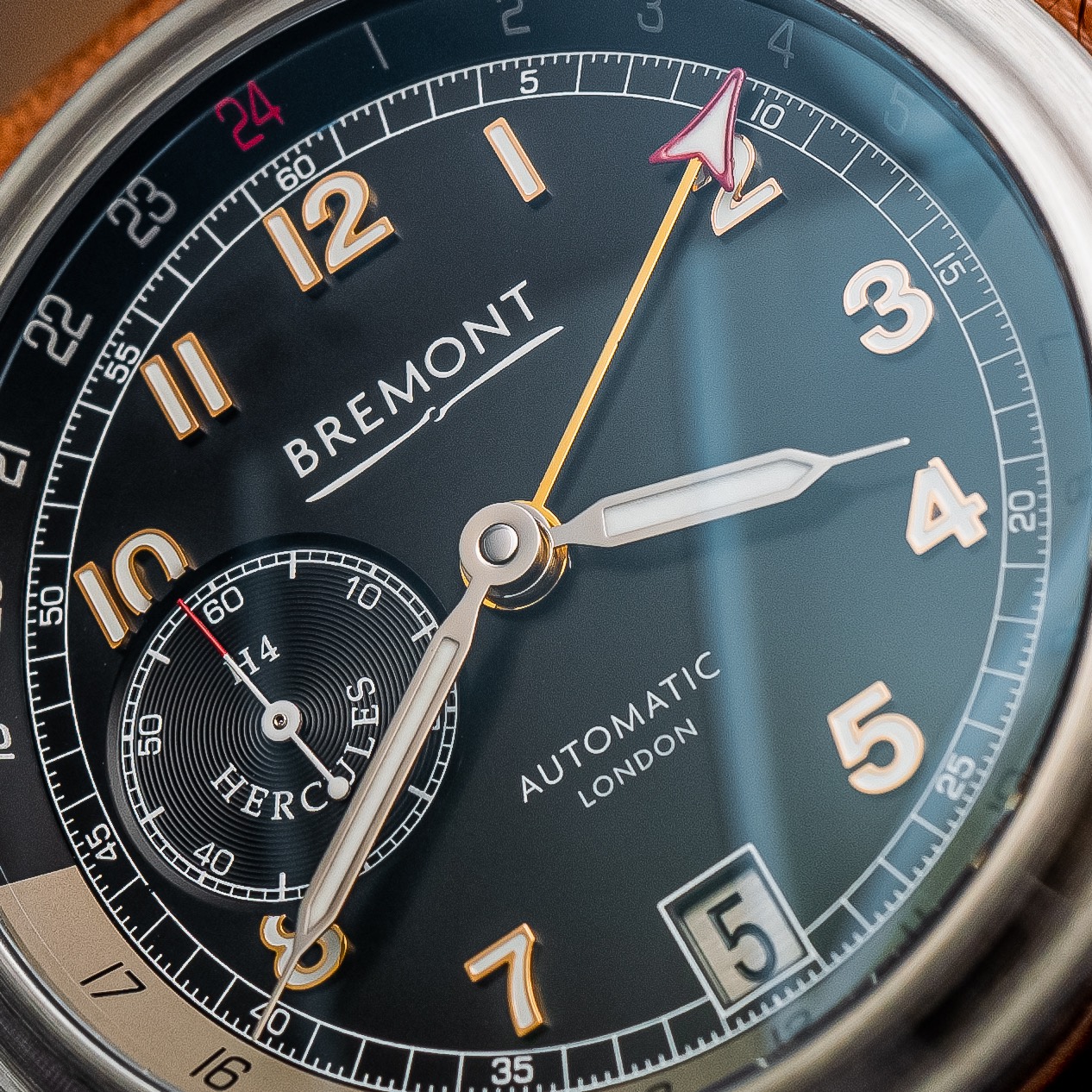
A Boom For Independently-Run Watch Brands
Above, I mentioned how most corporate-run watch brands are stumbling under too-rigid management systems that are unequipped and unwilling to deal with today’s wristwatch market challenges. Despite that, there is still a very healthy market for wrist watches. That creates a huge vacuum in which retail, advertising, and manufacturing space, once occupied by larger brands, is now empty. Who will fill that vacuum?
In 2019, it was the various independent brands of the world. The term “independent brand” is rather loose but tends to suggest a company whose leader is free to make broad and agile decisions about the company without first having to get shareholder or group permission to do so. Independent brands ruled the conversation in 2019 because of that agility and freedom from the shackles of having to satisfy shareholders who know little (and care less) about the wristwatch market. Independently run brands are able to hyper-focus on particular niche consumer groups, rapidly come out with products they feel the market will enjoy, and enter or exit new markets with incredible ease.
As long as there remains a manufacturing capacity at third-party manufacturers/suppliers (upon which most independently-run brands get their parts for watches), the smaller brands of the world will rule in 2020 and beyond. Probably to the great chagrin of the “group” brands. This is normal, however, because if a large group brand isn’t able to satisfy consumer or market demand, that demand doesn’t simply go away.
By far most of the product creativity and novelty we saw in 2019 was from independent brands, sometimes companies that are run by one or just a few people. Compare that to the anemic and mostly unexciting products consumers had to put up with coming from the major groups in 2019. That isn’t a universal truth, but on par, I’d say the creativity battle was easily won by independent watch brands in 2019. I don’t see too much changing in 2020, and I suspect that the market will continue to be dominated by non-shareholder or corporate-owned watch brands.
Creative Collaboration Products Are Here To Stay, And Getting Stronger
“Collab” or “Collaboration” watches produced by one party and designed (or with design assistance from another party) were very how in 2019, and will continue to grow in popularity in 2020. The appeal of a collaboration product is simple, but an effective relationship is can be challenging to create. The idea is that a popular watchmaker works with a popular tastemaker to create a new product that satisfies the needs and desires of the tastemaker for the mutual audiences of both tastemaker (which could be a person, brand, publication, retailer, etc.) and watch brand.
Collaboration watches are also very desirable to watch brands because it removes their most challenging question, “What should I produce next, and how the hell will I inform consumers about it?” When the collaboration is done correctly, one part acts as the manufacturer (doing what they do best) and the other party is the designer and marketer (ideally doing what they do best). Watch brands actually prefer to work this way as the marketing and demand-creation part of their jobs are the most vexing to them.
The beauty of collaboration watches is that they can take endless forms, at all price points, and appeal to almost any consumer niche. Collaboration watches, at their best, take the appeal of a fine timepiece and extend it beyond the traditional wristwatch consumer market. The idea is that a watch is created that will meet the technical demands of a watch-lover but also has a style or aesthetic value that appeals to a different type of consumer. At present, there is no one formula for getting a collaboration watch product done right, but a few canons of wisdom have already established themselves. First is the need for product originality. Collaboration watches with the names of one brands slapped on the product of another typically is not enough creativity. The product of the collaboration must be an actually original item.
Second is the importance of audience cross-pollination. The means that the outcome of the collaboration should not only appeal to audiences of both the manufacturer and the designers but should also serve as a valuable opportunity to introduce the “other brand” to the respective other audience. When the two audiences meet they should be able to appreciate the virtues of both brands. More rules for successful watch product collaborations will ultimately unveil themselves as these practices continues in full-force in 2020.
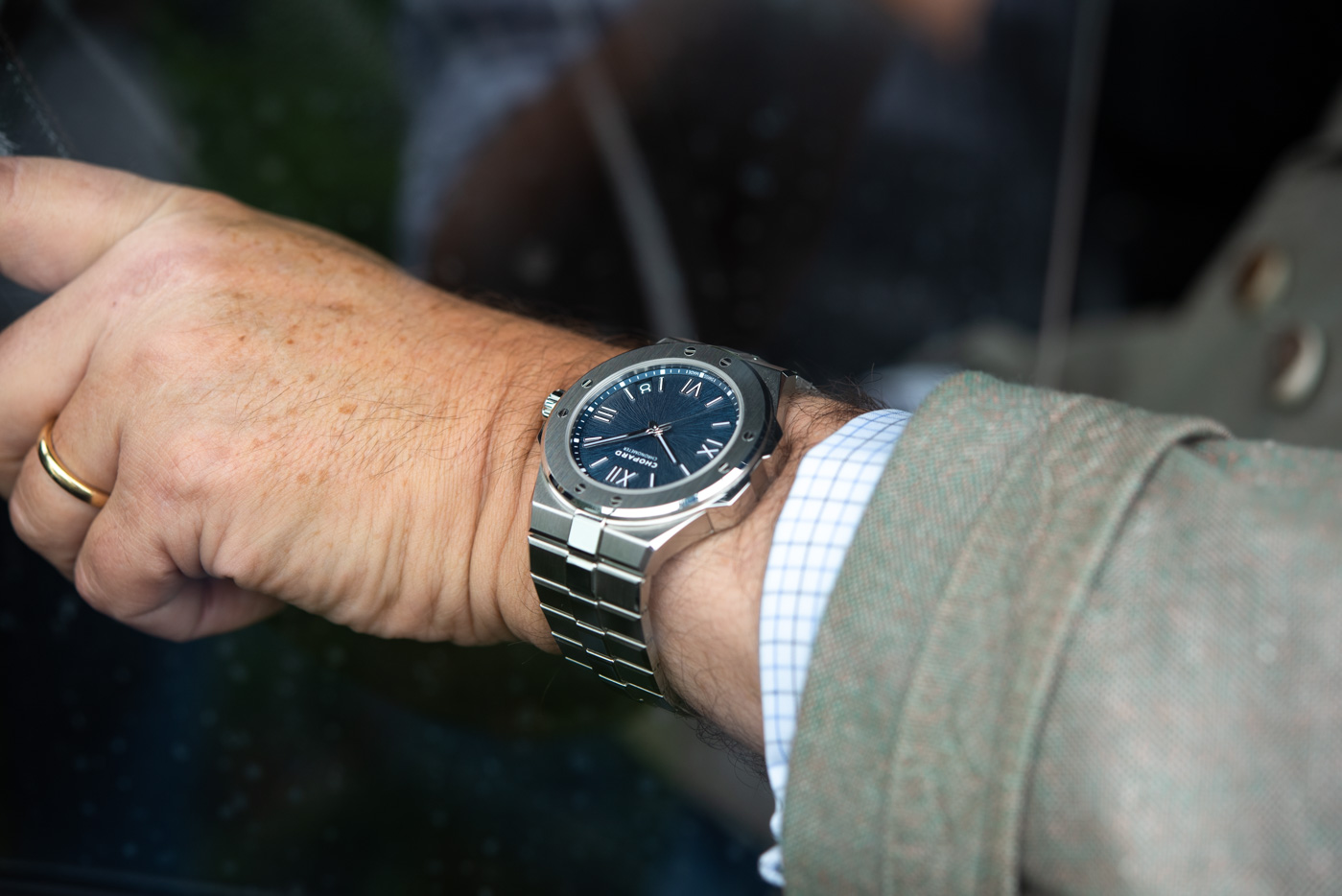
Long Live The Wearable Watch
People start to get very practical during poor economies — and that has proven extremely true in the watch industry. What I’d like to discuss now is the lasting importance of the practical, wearable watch — no matter the price point. 2019 saw more “bracelet watch” competitors than any time in recently history. Brands believed that Gerald Genta had some magic formula they needed to emulate in order to create watches people want today. They believed that steel was the best choice, for some strange reason in 2019. It confused brands that consumers wanted fewer complications and more simplicity in watch designs. But it’s all related to the consumer pursuit of practical, wearable watches.
Steel is a practical choice for a wristwatch, given its ability to be finely polished and its overall durability and value. Bracelet watches are both comfortable, fashionably versatile, and distinctive looking while being worn. Gerald Genta figured out that people want thin, easy-to-read watches to wear with casual attire that they don’t need to worry about while going about their regular lives. All of this is a remark on how consumers want good watches — but also very practical watches. Grand complication perpetual calendar, minute repeaters might be awesome to behold, but they rarely make for practical wearing. Break one and you’ll be set back huge sums of money and have to wait months, if not over a year, for your watch to be returned to you. Given that people are aiming to be more practical with their lifestyle and purchase choices in 2020 and beyond, brands should consider the importance of the practical, wearable watch for the foreseeable future.
A good question regarding this notion is incompatible with the idea that consumers want to wear timepieces as expressive status items and not merely as tools to tell the time. One might argue that a consumer who really values a practical experience will simply wear a smartwatch, and that part of the core culture of being able to wear a luxury timepiece is being able to express that you don’t need to be so practical. To a degree, that is true, but market data has shown that consumers want an otherwise practical timepiece with a handsome skin slapped on it.
That handsome skin might be the design, the colors, of the name of the brand. Under that skin must however be a practical timepiece, which is wearable, and relatively carefree. This is also related to the changing face and lifestyle of the average luxury watch consumer. Fewer consumers are strictly wearing their timepieces with formal or business attire, and more and more consumers are seeking luxury watches for travel and sport purposes. Those wearing scenarios demand a degree of practicality, which is certainly being manifested in many of the watches purchase choices we see. 2020 and beyond will not likely see a shift in this behavior, which consumers seeking practical choices from brands they otherwise admire. For companies seeking to enjoy sales as a result of this, they will need to engage in the dual effort of both marketing the practicality of their watches, as well as promote the types of enjoyable lifestyles associated with wearing their watches.
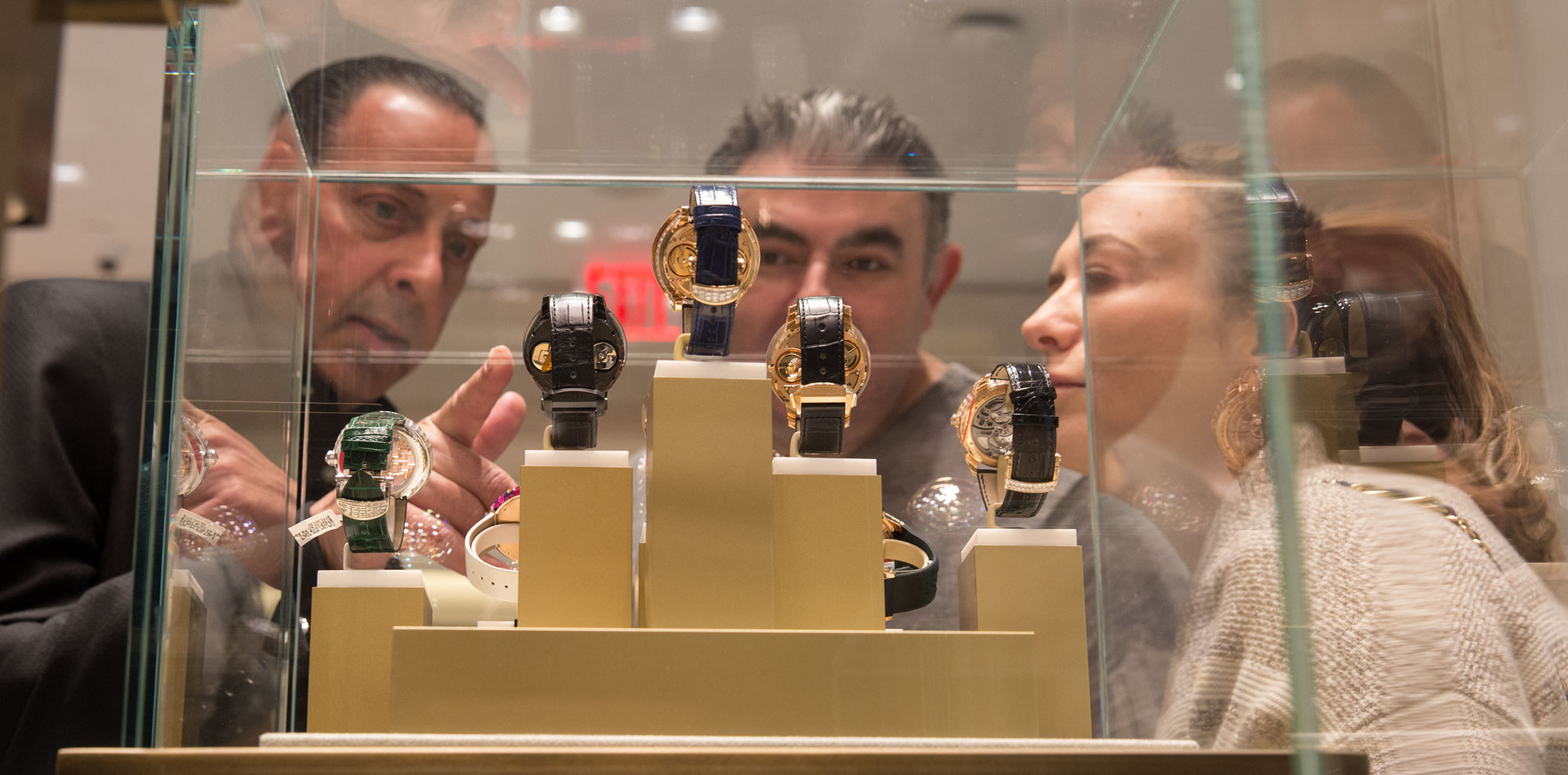
How Most Watch Consumers Will Behave In 2020
So what does all of the above translate into for the typical watch consumer in 2020? If you are looking to further develop your timepiece collection or knowledge as a timepiece enthusiast, what should you be doing in 2020, and what will other collectors like you probably be doing? Note for a moment the number of watch purchase offers the average Internet-browsing consumer is given on a daily basis. If you moderately look at social media and watch blogs like aBlogtoWatch, you are probably given at least one to two dozen watch purchase opportunities a week. With the average consumer purchasing between about one to five watches per year, how will they select from all of those options?
The short answer is that 2020 will continue to be a buyers market. Of course, those strictly interested in a steel Rolex sports watches or similar offerings from Patek Philippe or Audemars Piguet might feel otherwise — collectively, there are far more watches on the market than there are wrists to wear them. Consumers will be like snipers, sitting in the bushes as attractive watches strut by, only shooting when they feel the opportunity is right for them. Consumers faced with too much choice are naturally slow (or paralyzed) in the face of making decisions. This is one reason our data suggest that the average consumer ponders watch purchase decisions over the course of six months to a year. In other words, the sheer availability of actual choices means that consumers can drag their feet before purchasing anything.
Don’t let easily purchasable hype shroud the fact that watches today are plentiful and that consumers have more choice than seemingly ever before. That, however, will not last. Brands are starting to wind down both production and distribution in many areas to tighten up a too-loose market for wristwatches. The era of over-production of timepieces isn’t quite over yet, but it is slowing down. I suspect that five years from now, the wristwatch market will have fewer discounts for newer watches, but for the time being, consumers can enjoy a very healthy selection of timepieces around the world at fair retail prices or below.
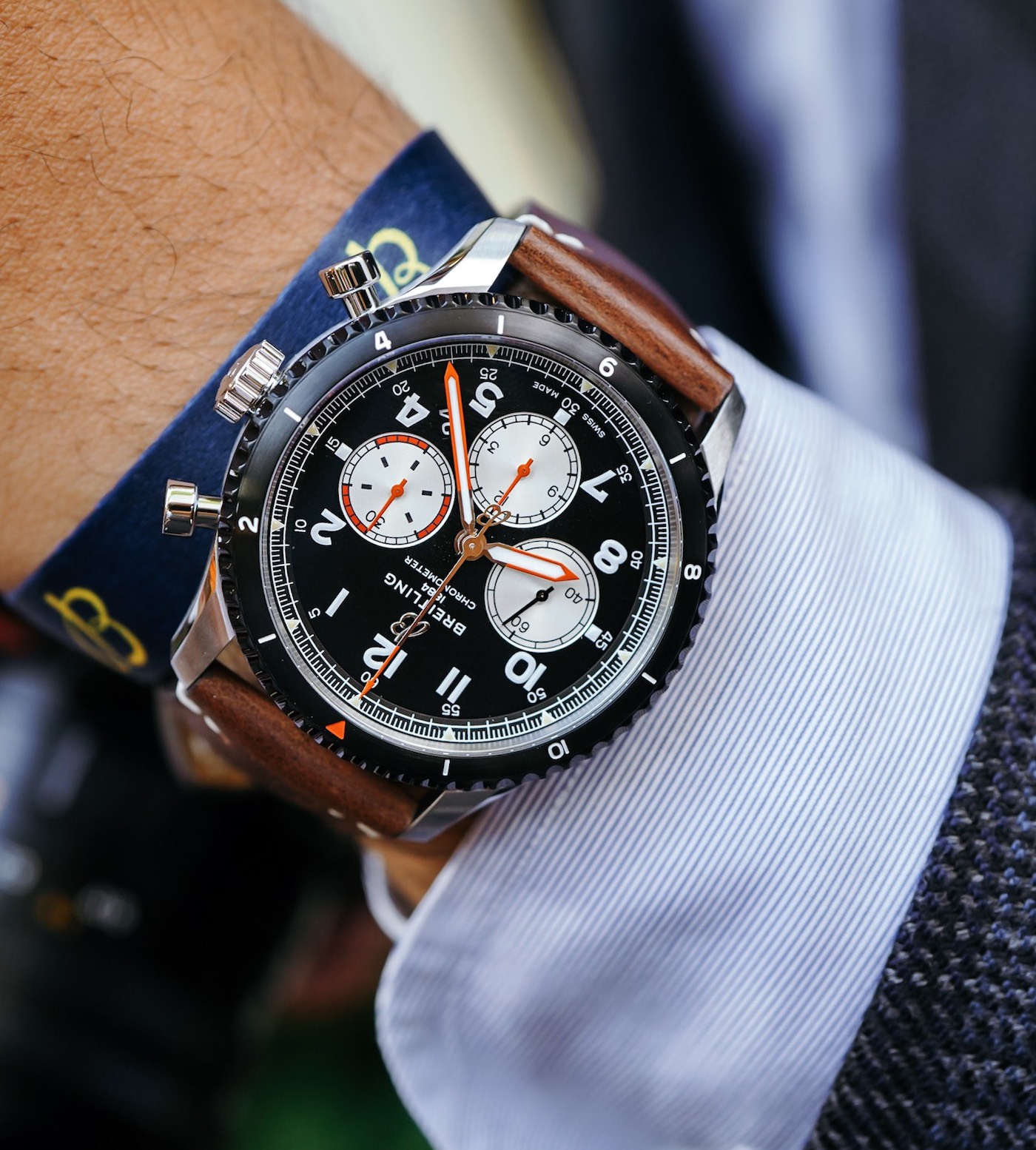
When it comes to what types of products consumers will want in 2020, I have to say that it will mostly be classic, traditional watches — in effect, those watches with a nostalgic or retro appeal. That doesn’t just mean “old-looking” watches but ones that remind people of “better times” (either better times actually experienced by the consumer or collective “better times,” as manifested by pop culture’s sense of collective nostalgia). I say this with some regret because I am personally among the relatively small (15-20% of current watch enthusiasts) who like thoroughly original, even futuristic watch designs. As we are not in an era of optimism for the future, accordingly, as a society, we aren’t as excited about futuristic-looking objects. A shame, but it is a natural outcome of times in which the future looks more dystopian than utopian in the eyes of the general public.
Finally, where will consumers learn about new watches to purchase in 2020 and beyond? That is a good question. Consumers faced with endless choice and huge amounts of manipulative, misinformation about watches online are more cautious about watch purchases today than ever before. Certainly, there are plenty of trusted places to purchases watches online, but consumers are worried about being “marketing victims.” This implies that they purchase a product because of manufactured hype as opposed to authentic shared consumer enthusiasm. In fact, a major part of the Internet media economy today is the creation and distribution of manufactured hype. So much so that authentic, trustworthy information about products is the exception as opposed to the norm.
So other than aBlogtoWatch, where are consumers going to learn about new products and get viable opinions on them in an era in which opinions can be purchased and there is little money in sharing the truth? I worry about this because social media marketing is getting more deceptive as opposed to less deceptive. I can say from personal experience that media choosing to work with brands to share their best virtues as opposed to their preferred virtues are not given much marketing support. Watch brands are hyper-nervous about anything that may further detract from their sales, and media support has been an unwise victim of this culture of fear.
Watch brands have suffering sales not because of media but because of the many reasons I articulated above. Authentic watch media has been one of the only saving graces, but each time a “negative” article comes out, it makes for an easy target among reactionary executives in Switzerland. The outcome is ironically tragic. Independent watch media has helped bolster watch brand sales despite the larger challenging global economy and demand for luxury watches. That said, marketing support for independent watch media is at an all-time low given reactionary bosses seeking targets to blame for their losses. Thus, the watch industry is waning support for one of the very few demand engines that is actually helping to create sales for it — all because independent media does what it does best, and that is offer authentic opinions to create the conversations that actually get people excited about purchasing a wristwatch. I detailed the topic of the watch industry unwisely pulling funding away from watch media in this article here.
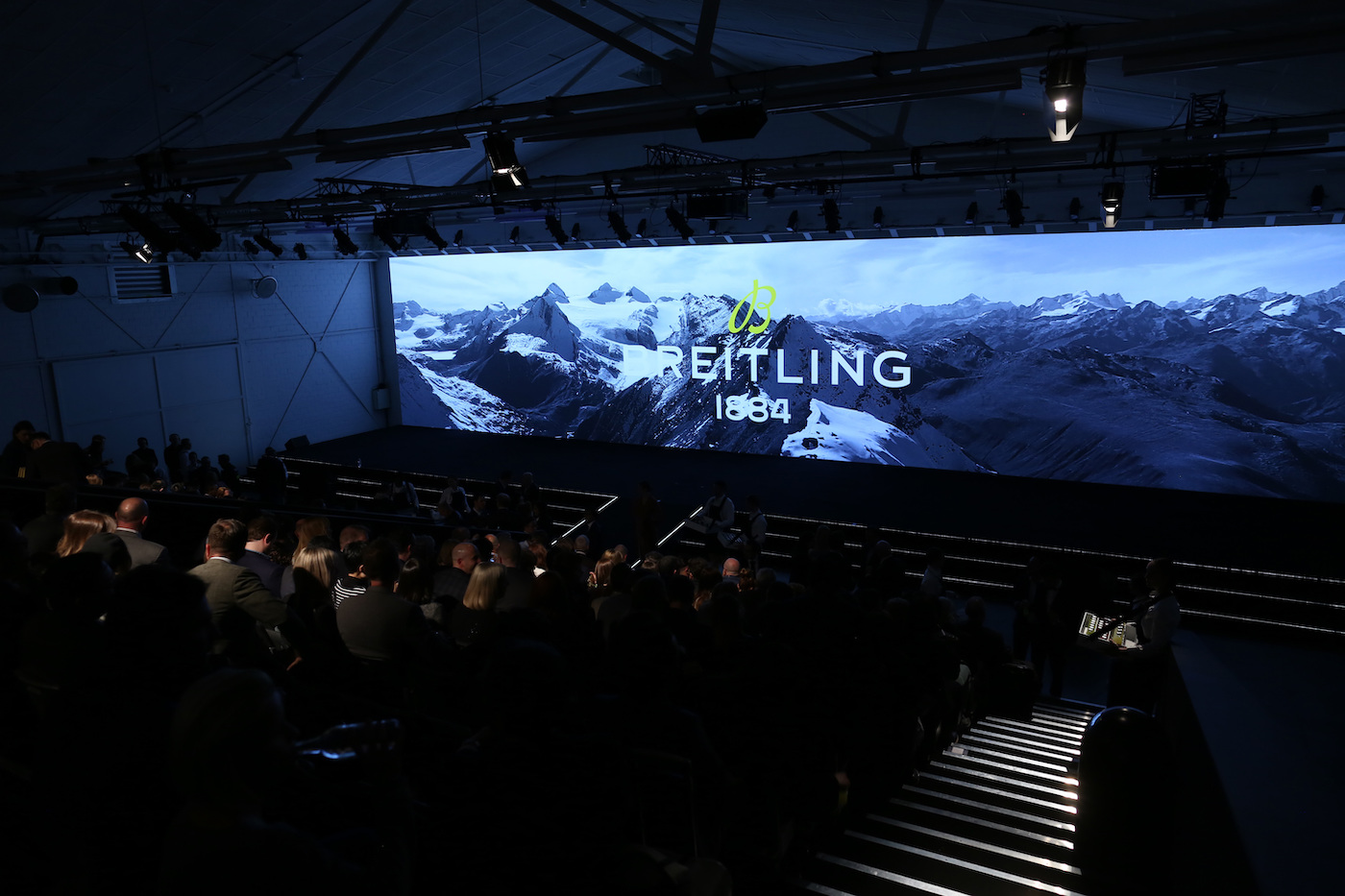
2020 will bring retail and marketing opportunities to new players in the watch market, as well as traditional brands and retailers willing to rethink how they do business in 2020 and beyond. Despite a faltering global economy with poor future outlooks, demand for the artistic, expressive and status-communicating effects of luxury timepieces is still very strong. Given that watch-lovers are constantly on the hunt for their next watch, there are many incentives for watch brands and retailers to form relationships with consumers.
2020 will be for the horological risk-takers, the innovators, and the aggressors who have the courage to tell traditionalists, “You are so very wrong and need to give up control.” With that change and redistribution of power comes conflict some pain. There will be brands that will go away in 2020, as well as once-important watch industry personalities who no longer recognize the industry they have been working in.
I’m personally looking forward to seeing how 2020 plays out. aBlogtoWatch will align itself with the brands and people investing in the future who have the courage to take risks and who embrace the fact that the future might not look identical to the past. As a collector, I’m eager to see what products and upcoming design trends flow as a result of that.

